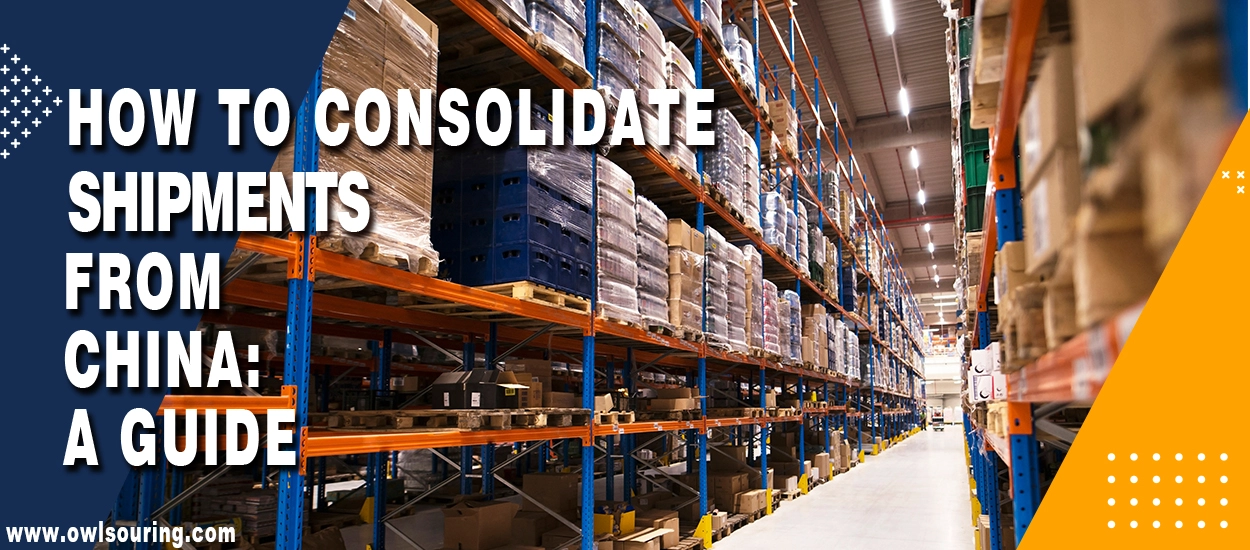Navigating the Intricacies of Chinese Track and Trace: A Definitive Guide for Global Success
In today's interconnected global marketplace, understanding and effectively implementing Chinese track and trace systems is no longer a luxury but a fundamental necessity for businesses operating within or engaging with the vast and dynamic Chinese market. This comprehensive guide delves deep into the multifaceted world of product tracking in China, exploring its regulatory landscape, technological underpinnings, strategic implementation, and crucial best practices. Equip yourself with the knowledge to ensure supply chain transparency, combat counterfeiting, enhance consumer trust, and achieve sustainable growth in this pivotal economic powerhouse.
The Critical Importance of Track and Trace in China's Supply Chain
The sheer scale and complexity of China's supply chains present unique challenges and opportunities. Effective track and trace mechanisms are paramount for businesses seeking to maintain operational efficiency, ensure product quality and safety, and safeguard their brand reputation. Beyond these core benefits, robust Chinese track and trace systems are increasingly mandated by regulatory bodies to enhance consumer protection and streamline market oversight. Ignoring these requirements can lead to significant penalties, reputational damage, and ultimately, hindered market access.
- Enhanced Supply Chain Visibility: Gain real-time insights into the movement of goods from origin to consumption, allowing for proactive identification and resolution of potential disruptions.
- Combating Counterfeiting: Implement robust authentication measures to protect your brand and consumers from the pervasive threat of counterfeit products. China's fight against counterfeiting relies heavily on effective tracking technologies.
- Ensuring Product Safety and Quality: Monitor product conditions throughout the supply chain, enabling swift identification and recall of potentially compromised goods, safeguarding consumer health and safety.
- Meeting Regulatory Compliance: Navigate the evolving landscape of Chinese regulations on product traceability with confidence, avoiding costly penalties and ensuring seamless market access.
- Building Consumer Trust: Provide consumers with transparency and accountability, fostering greater confidence in your brand and products through accessible tracking information.
- Optimizing Logistics and Efficiency: Leverage tracking data to identify bottlenecks, optimize inventory management, and improve overall supply chain efficiency.
Decoding the Regulatory Landscape of Chinese Product Traceability

The regulatory environment surrounding track and trace in China is dynamic and multifaceted, involving various government agencies and regulations that differ across industries and product categories. Understanding these nuances is crucial for compliance. Key aspects include:
- Government Agencies: Familiarize yourself with key regulatory bodies such as the General Administration of Customs of the People's Republic of China (GACC), the State Administration for Market Regulation (SAMR), and industry-specific agencies.
- Industry-Specific Regulations: Be aware that specific sectors, such as food and beverage, pharmaceuticals, and agricultural products, often have stringent and specific traceability requirements in China.
- Data Security and Privacy: Understand the regulations surrounding data collection, storage, and transfer within China, ensuring compliance with local data privacy laws when implementing track and trace solutions.
- Evolving Standards: Stay informed about the latest updates and changes in China's track and trace standards and guidelines to ensure ongoing compliance.
Navigating this complex landscape often requires expert guidance and a proactive approach to regulatory compliance.
Technological Foundations of Track and Trace in China: From Barcodes to Blockchain
A diverse range of technologies underpins modern Chinese track and trace systems, each offering unique capabilities and benefits. Selecting the appropriate technology depends on factors such as product type, supply chain complexity, and budget. Key technologies include:
- Barcode and QR Codes: Widely adopted for basic product identification and tracking, QR codes in China are particularly prevalent for consumer engagement and authentication.
- RFID (Radio-Frequency Identification): Enables contactless identification and tracking of goods, offering enhanced efficiency in warehouse management and logistics.
- NFC (Near-Field Communication): Facilitates short-range communication, often used for product authentication and consumer interaction via smartphones.
- GPS and IoT (Internet of Things) Sensors: Provide real-time location tracking and environmental monitoring (e.g., temperature, humidity) for sensitive goods throughout the supply chain.
- Blockchain Technology: Offers a decentralized and immutable ledger for recording and verifying product information, enhancing transparency and trust in complex supply chains and playing an increasingly significant role in secure track and trace in China.
- Cloud-Based Platforms: Provide scalable and accessible platforms for managing and analyzing tracking data, facilitating collaboration across the supply chain.

The integration of multiple technologies often provides the most robust and comprehensive track and trace solutions for the Chinese market.
Strategic Implementation of Chinese Track and Trace Systems: A Step-by-Step Approach
Implementing an effective track and trace system in China requires careful planning and execution. A strategic approach ensures that the chosen solution aligns with your business objectives and meets regulatory requirements. Key steps include:
- Needs Assessment: Clearly define your specific tracking requirements, considering product type, supply chain complexity, regulatory obligations, and desired outcomes (e.g., anti-counterfeiting, consumer engagement).
- Technology Selection: Evaluate different track and trace technologies based on your needs and budget, considering scalability, interoperability, and security.
- Partner Selection: Choose experienced technology providers and implementation partners with a strong understanding of the Chinese market and its specific requirements.
- Data Integration: Ensure seamless integration of the track and trace system with your existing enterprise resource planning (ERP), warehouse management system (WMS), and other relevant systems.
- Pilot Testing: Conduct thorough pilot testing to identify and address any potential issues before full-scale deployment.
- Training and Onboarding: Provide comprehensive training to your staff and supply chain partners on how to effectively use the new system.
- Monitoring and Optimization: Continuously monitor the performance of your track and trace system and make necessary adjustments to optimize its effectiveness.


Best Practices for Maximizing the Effectiveness of Track and Trace in China
To truly leverage the power of Chinese track and trace, consider these best practices:
- Prioritize Data Accuracy: Ensure the accuracy and integrity of tracking data at every stage of the supply chain.
- Embrace Interoperability: Choose systems that can seamlessly integrate with your partners' systems to enhance end-to-end visibility.
- Focus on User Experience: Implement user-friendly interfaces for both internal teams and consumers accessing tracking information.
- Leverage Data Analytics: Utilize the wealth of data generated by your track and trace system to gain valuable insights into supply chain performance, identify potential risks, and optimize operations.
- Educate Consumers: Clearly communicate the benefits of your track and trace system to consumers, empowering them to verify product authenticity and build trust in your brand.
- Regularly Update and Adapt: The technological and regulatory landscape is constantly evolving. Ensure your track and trace system is regularly updated to remain effective and compliant.
- Invest in Robust Security Measures: Protect your track and trace data from unauthorized access and cyber threats.
The Future of Chinese Track and Trace: Trends and Innovations
The field of track and trace in China is constantly evolving, driven by technological advancements and increasing regulatory focus. Key trends and innovations to watch include:
- Increased Adoption of Blockchain: Expect wider adoption of blockchain technology for its enhanced security and transparency in complex supply chains.
- Integration of AI and Machine Learning: AI-powered analytics will enable more proactive risk management and predictive insights from tracking data.
- Enhanced Mobile Connectivity: Mobile-first solutions will further empower consumers with easy access to product information and authentication tools.
- Greater Emphasis on Sustainability Tracking: Track and trace systems in China will increasingly incorporate the monitoring of environmental and social impact throughout the supply chain.
- Government-Led Traceability Platforms: The development and expansion of government-backed national traceability platforms in China will continue to shape the landscape.

Staying abreast of these emerging trends will be crucial for businesses seeking to maintain a competitive edge in the Chinese market.

Comments
Post a Comment